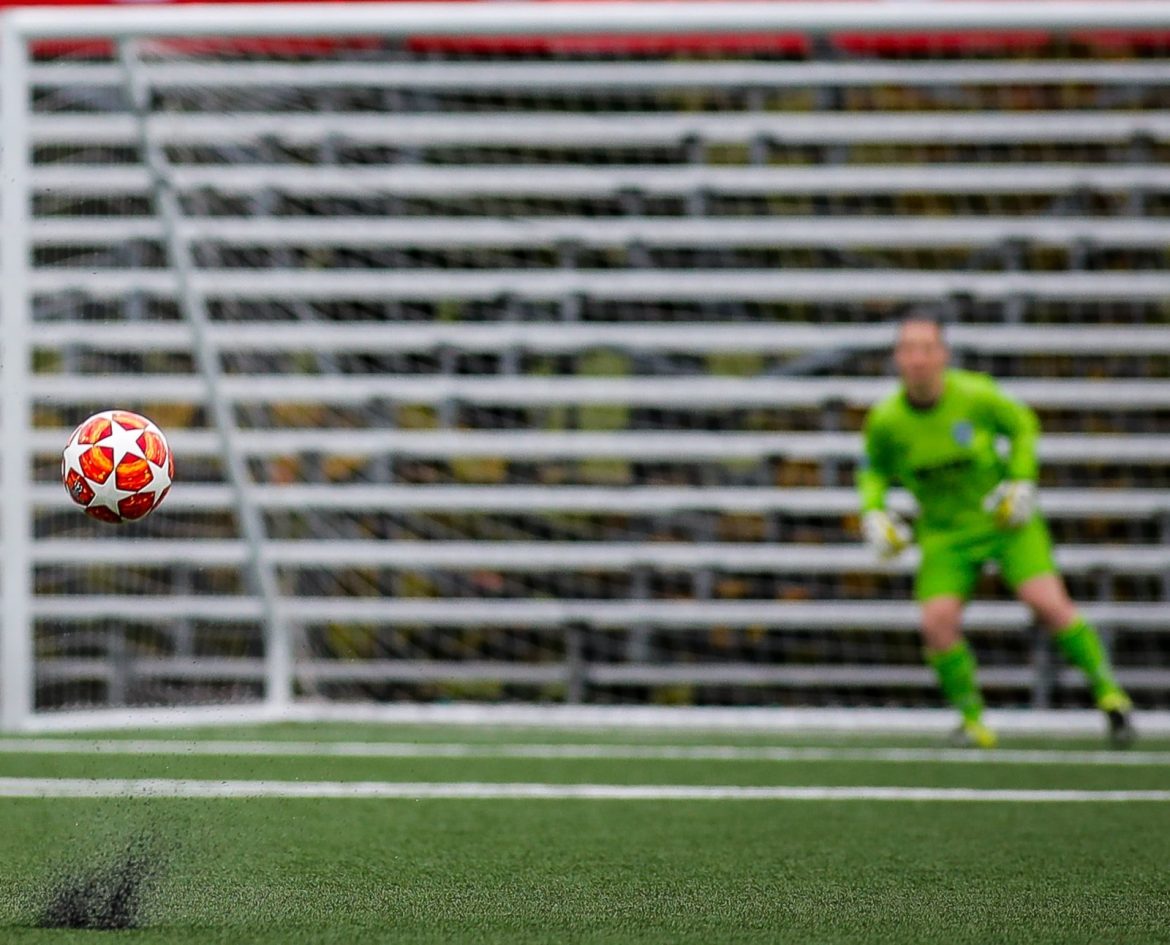The Art of Deflecting: A Guide for Goalkeepers
As a goalkeeper, you know how important it is to be able to deflect shots. Sometimes, catching the ball is not possible or safe, and you need to use your hands or feet to parry the ball away from danger. But how do you master this crucial skill for soccer? In this article, we will give you some tips and techniques on how to deflect shots like a pro.
When to Deflect Shots
Deflecting a shot is a secondary choice for goalkeepers; catching is always first choice. You choose to parry the ball out at times where the catch cannot be made. Here are some common situations where deflecting the ball is the safest choice.
- When the shot is too powerful or too close. If the ball is coming at you with a lot of speed or from a short distance, you may not have enough time or strength to catch it securely. In this case, you should use your palms or fists to push the ball away from the goal, preferably to the sides or over the bar.
- When the shot is too far from your body. If the ball is shot outside your reach, you may need to dive or stretch to get a touch on it. In this case, you should use your fingertips or the side of your hand to deflect the ball away from the goal, preferably to the corners or out of play.
- When the shot is unpredictable or deflected. If the ball is swerving, bouncing, spinning, or changing direction due to a deflection, you may not be able to judge its trajectory accurately. In this case, you should use your reflexes and instincts to react to the ball and deflect it away from the goal, preferably to a safe area or out of play.
How to Deflect Shots
Deflecting shots requires good technique, positioning, anticipation, and decision-making. Here are some tips on how to improve these aspects of your game.
- Use the correct technique. Depending on the situation, you may need to use different techniques to deflect shots. For example, you can use an open palm or a closed fist to parry shots with power, a fingertip save or a scoop save to parry shots with finesse, or a foot save or a block save to parry shots with your feet. You should practice these techniques regularly and learn when and how to use them effectively.
- Position yourself well. Your positioning can make a big difference in your ability to deflect shots. You should always try to stay on your feet and keep your body balanced and ready. You should also try to narrow the angle and reduce the space for the shooter by coming off your line when appropriate. You should also try to cover as much of the goal as possible by adjusting your stance and posture according to the situation.
- Anticipate the shot. Your anticipation can help you react faster and better to shots. You should always try to read the game and predict what the shooter will do based on their body language, position, movement, and options. You should also try to watch the ball closely and track its flight and direction. You should also try to communicate with your defenders and organize your backline.
- Make smart decisions. Your decision-making can determine whether you deflect a shot successfully or not. You should always try to assess the situation and choose the best option based on various factors, such as the speed, distance, angle, height, spin, and deflection of the shot, as well as the position of your defenders, attackers, and teammates. You should also try to deflect the ball away from danger and avoid giving away rebounds or corners.
Conclusion
Deflecting shots is an essential skill for goalkeepers that can save your team from conceding goals. By following these tips and techniques, you can improve your ability to deflect shots like a pro and become a more reliable and confident goalkeeper.
